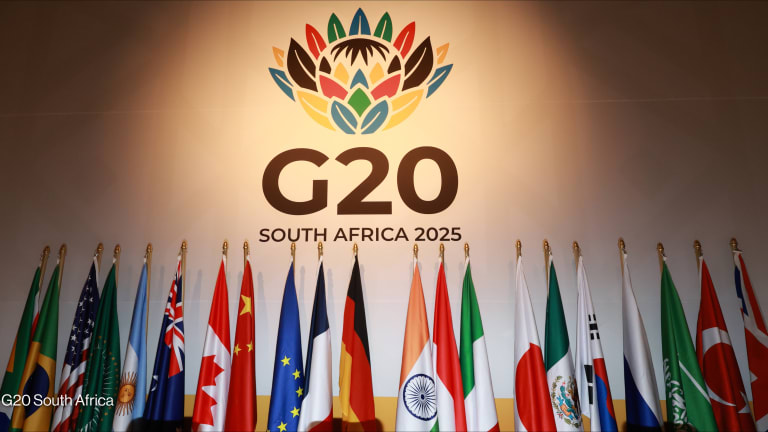The debt loads bearing down on lower-income countries, particularly those in Africa, are often framed around a dizzying array of statistics that get into the technical weeds. But the human element is often missing from the piles of percentages, even though debt servicing is hoovering up money for development, resulting in real-life repercussions for millions of people.
So the African Center for Economic Transformation, or ACET, is trying to humanize the numbers by calculating what they mean for a variety of indicators ranging from basic sanitation to education to maternal mortality. Its new report offers three scenarios that project what the impact would be on those indicators if debt servicing costs were capped at 5%, 10%, and 14% of government revenue.
“People don't actually know what it is costing ordinary Africans for us to … make the debt repayments we are making,” Mavis Owusu-Gyamfi, president and CEO of ACET, told Devex, noting that when we “start putting these into lives affected, it becomes tangible. It's no longer all of us sitting in meeting rooms, talking about numbers.”








